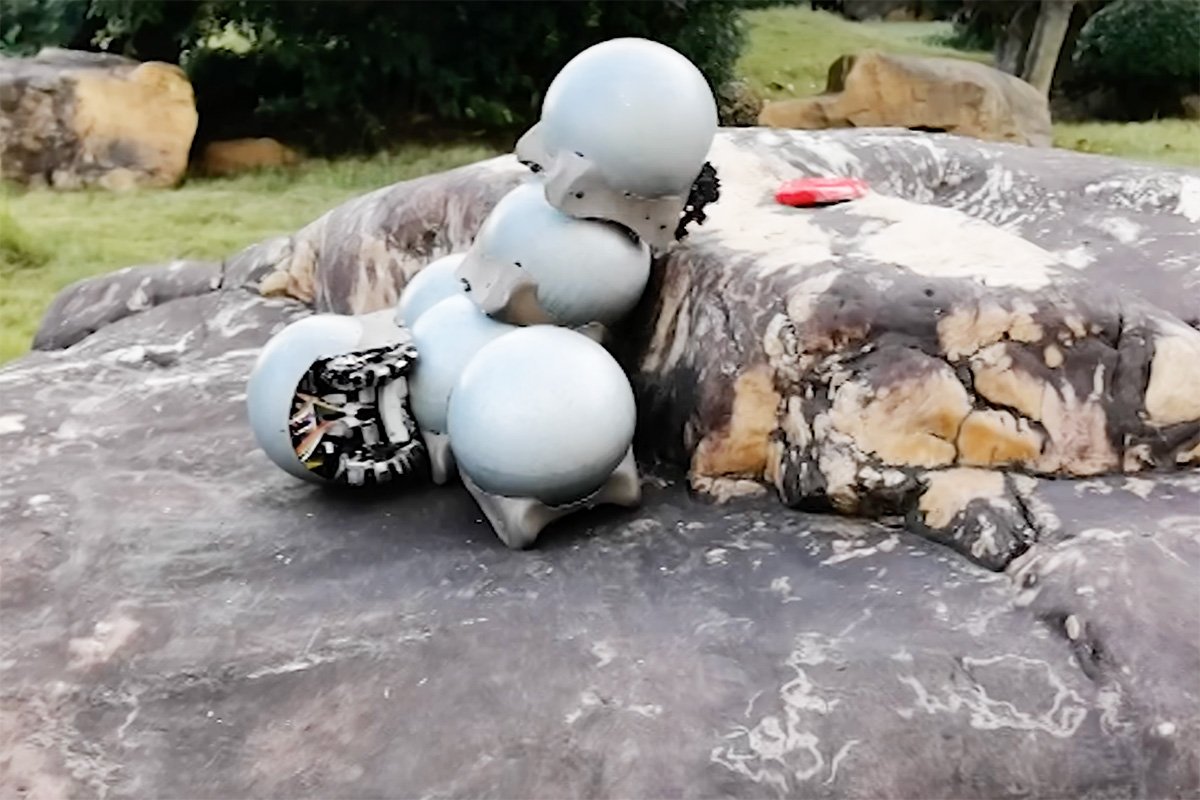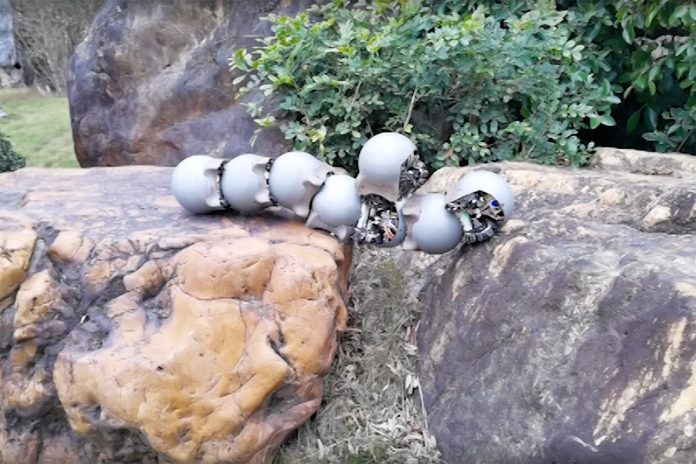In recent developments within the field of swarm robotics, an innovative design has emerged that draws inspiration from an unexpected source: snails. Despite their reputation for being slow and slimy, snails have inspired a new type of robot that could revolutionize off-road tasks through their ability to operate both independently and collectively.
Swarm robotics involves the use of small, often identical robots that can function autonomously or as a coordinated group. When operating as a swarm, these robots communicate with each other to synchronize their movements and accomplish tasks that might be too challenging for a single robot. Applications of swarm robotics are diverse and include search and rescue operations in disaster zones, reconnaissance in hazardous environments, and planetary exploration.
A critical challenge in the development of terrestrial robots for these purposes is their limited ability to form complex three-dimensional structures. Unlike aerial and underwater robots that can maneuver in three dimensions, ground-based robots typically move horizontally, restricting them to two-dimensional configurations. Moreover, many existing terrestrial robot models are limited to smooth, flat surfaces, further reducing their applicability in rugged or uneven terrain.
Enter the snail-inspired robot, developed by Da Zhao and his team at The Chinese University of Hong Kong. This novel robot was inspired by the White Jade land snail, known for its ability to move and adhere to surfaces effectively. The robot’s design incorporates a spherical ferromagnetic iron shell that houses its battery, microprocessor, and other essential electronics. The robot’s mobility is provided by rubber tank-like tracks embedded with magnets, and a retractable vacuum-powered suction cup situated between these tracks enhances its ability to adhere to surfaces.

The robot operates in two distinct modes: “free mode” and “strong mode.” In free mode, the suction cup is retracted and unpowered, allowing the robot to traverse both smooth and uneven terrains using its magnetic tracks. This magnetic capability enables the robot to climb over the shells of other snail robots, facilitating the formation of complex three-dimensional structures. Once the robot reaches its desired position, it switches to strong mode, activating the suction cup to secure a firm grip on the surface. This mechanism allows multiple robots to stack and stabilize, enabling the collective performance of tasks that require greater structural integrity and versatility.

Outdoor tests have demonstrated the efficacy of these snail robots in performing a variety of tasks. The robots have successfully climbed over ledges, navigated gaps, and even combined to form a single robotic arm. While these experiments were conducted under remote control, the ultimate goal is for future iterations of these robots to operate autonomously, further expanding their potential applications.
The significance of this development lies not only in the robots’ ability to work independently but also in their capacity to cooperate seamlessly. This cooperation could prove invaluable in situations where human intervention is either impractical or dangerous. For instance, in search and rescue missions, a swarm of these robots could quickly and efficiently navigate debris and hazardous environments to locate and assist survivors. In planetary exploration, their ability to form complex structures could aid in the traversal of diverse terrains and the execution of intricate tasks.

The research detailing these snail robots has been published in the journal Nature Communications, highlighting the scientific community’s interest in the potential applications of swarm robotics. As the technology continues to evolve, we can anticipate more sophisticated and capable robotic swarms that can tackle an increasingly wide array of challenges, making significant contributions to fields ranging from environmental monitoring to space exploration.
Source: Nature Communications



